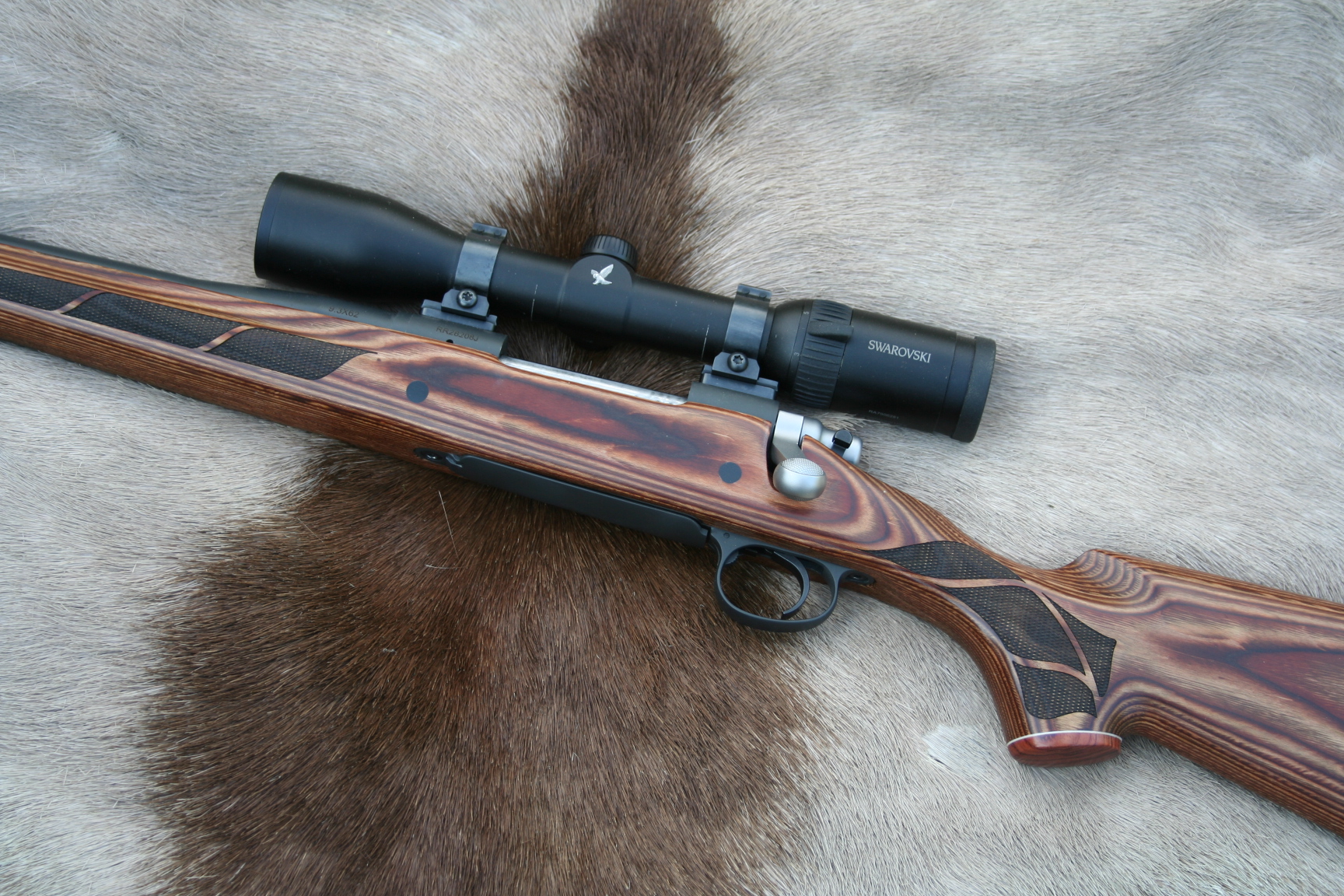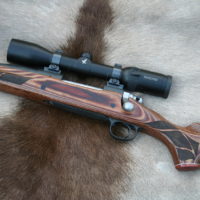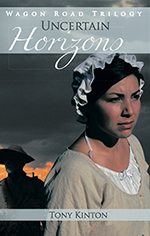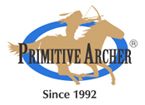Cape Buffalo The Rifle
Cape Buffalo
The Rifle
Hunting Cape buffalo is a particularly intensive enterprise. These animals are captivating and challenging. Even if a hunter has not pursued these bovines, he or she has likely dreamed about it, perhaps lived the experience vicariously while reading magazine articles or watching outdoor shows. If not the apex, buffalo are near that designation in the minds of many. That thinking is justified.
Much thought goes into the rifle that will be used for a buffalo hunt. This is wise, for these beasts can be unpredictable and tenacious of life. Danger is ever present while in their company. Most career buffalo hunters and/or PHs opt for medium to big bores for this chore. Calibers in the .375, .416 and .458 range are popular, with some of more persuasion being employed by those who are responsible for their hunter clientele. A judicious PH may have along a double in .470 NE or something similar as a “stopper” should the situation turn sour. Good thinking, all these.
When I began planning for my buffalo hunt, I did a great deal of research regarding appropriate calibers. The .375, in either H&H or Ruger, teased my attention. I like the .416 Remington and gave that a great deal of thought. But having little need for any of these or even larger rounds apart from what might be my only use of this particular rifle, I continued that research. Something that could be used for game such as elk or even whitetails held a measure of appeal. Enter the 9.3X62.

The nine three, as it is commonly called, is quite common in Europe and Africa but not so much in the U.S. However, the popularity of this round has begun to grow among American hunters and can be expected to show up more frequently in gun stores and hunting camps. This little gem performs far out of proportion to its size and is simply too good to miss for a hunter wanting a big rifle that is quite user friendly. No, the recoil generated by the 9.3X62 is not a walk in the park, but it is tolerable. The thump of this round lies somewhere between a .30-06 and .375 H&H in rifles weighing 8.5 and 10.5 pounds respectively. A 9.4-pound nine three, as is mine, is manageable for anyone who will take some time to shoot it.
The nine three was developed by German gunsmith, Otto Bock. Such a cartridge was requested by German farmers in Africa who needed a powerful tool for the biggest of game, yet one that was affordable and could be built on the reliable and available Mauser action. British guns of viable calibers could be had, but these were much too expensive for most of those farmers. The 9.3X62 arrived and saved the day, as it were. It went about doing its asked-for chores with little fuss and fanfare. It worked then and still does.
Before settling firmly on the nine three, I checked with my PH. He then checked with another PH, and so on. Reports were positive. Put the shot where it should go and the little rig will accomplish the task. But that putting the shot where it should go is a given, regardless of caliber. So it was the nine three that I would use. Next came the acquisition.
There were not a great many choices when I began shopping. A sporter here and there but all right handed. I am a helpless lefty and insisted on having the bolt handle in the proper place, so it quickly became apparent that a custom build would be necessary. It was then I contacted my writer friend Bryce Towsley. He has his own shop behind his house in Vermont, and he agreed to take on this task of fabricating a left-hand 9.3X62. He insisted I come join in for the project, an invitation I gladly accepted. As it turned out, I was simply the “here-hold-this” participant, but I became quite good at that before the build was complete!
I began collecting needed ingredients: action, barrel, stock, trigger, rings and bases, scope. Action: Remington 700 LH; barrel: Shaw; stock: Boyds Gunstocks laminated hardwood stock in the Classic style; trigger: Timney; rings and bases: Talley; scope: Swarovski Z6 1.7-10X42. We were ready to go.
After the rifle was finished and I got back home, I began developing loads. Since this would be first used on Cape buffalo, I wanted the right bullet and a load that would push that bullet to a solid velocity without pressure issues. There was no question regarding the bullet; it would be the 286-grain Barnes TSX. With Norma cases and CCI 200 primers, I began experimenting. The load I settled on was with H4350 powder. It shot MOA and gave an average velocity of 2,479 fps.
The completed rifle was and is to my liking. In fact, it is my favorite of all I have and performs wonderfully well. And it is handsome. The appearance is particularly enhanced by the Boyds stock. I like the nutmeg color and stripes created by lamination. It boasts just the right amount of engraving, a tasteful nose cap and a generous recoil pad that mitigates the kick. This stock and the rifle it houses fit me perfectly. I made the right decision, and a nice Cape buffalo and impressive warthog speak of the rifle’s capabilities. 


 Tony Kinton is a native Mississippian, where he grew up on a small farm. Hunting and fishing were regular parts of his life, and these pursuits produced much of the food found on his family’s table.
Tony Kinton is a native Mississippian, where he grew up on a small farm. Hunting and fishing were regular parts of his life, and these pursuits produced much of the food found on his family’s table. 



